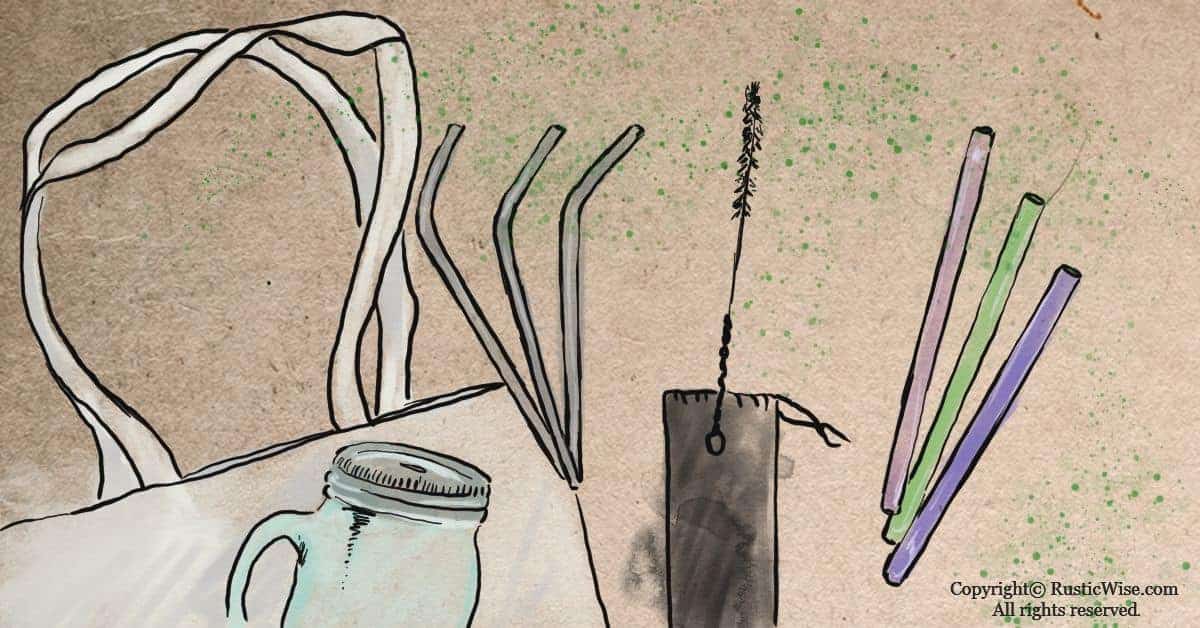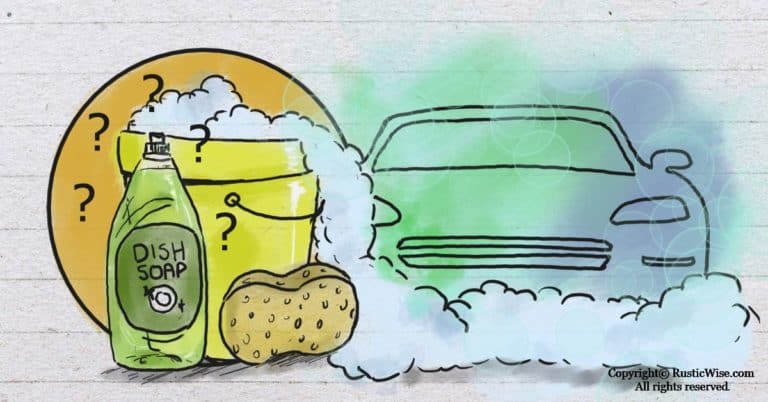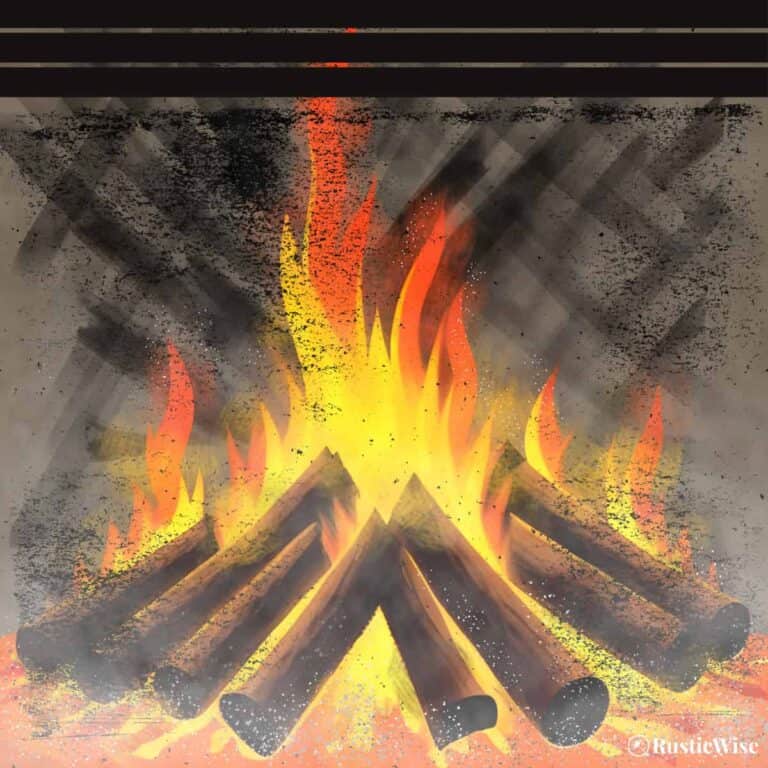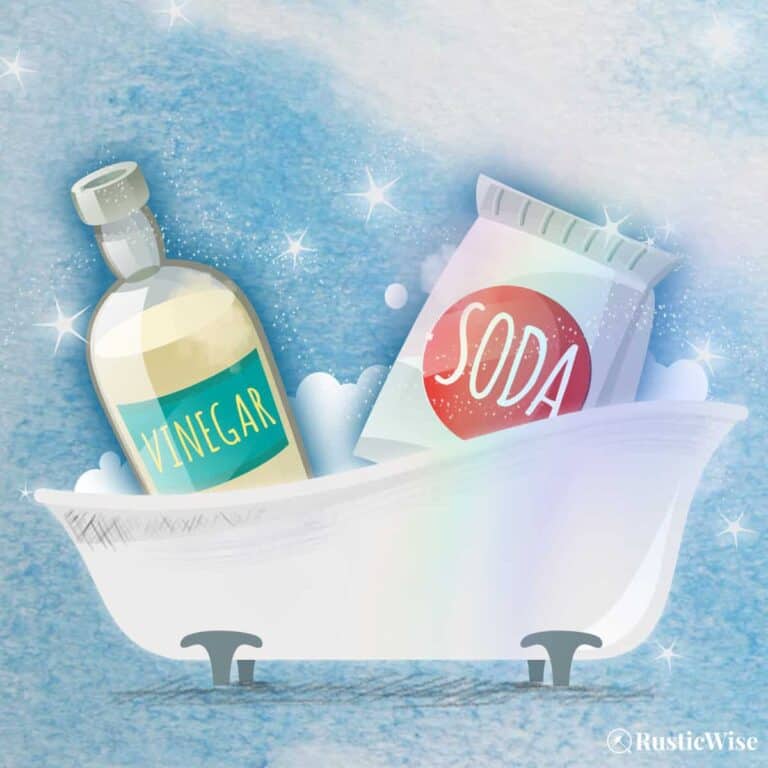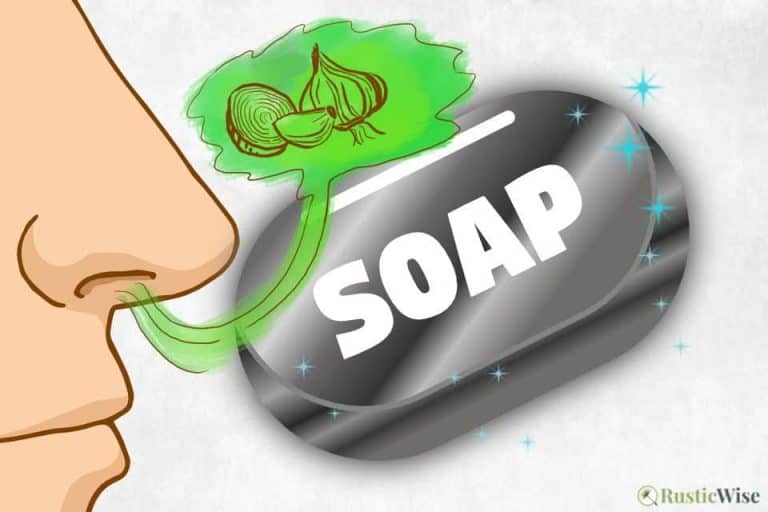A Comparison of Reusable Straws: Stainless Steel vs. Glass Straws
It’s time to ditch your plastic straws! Plastic is terrible for the environment and there are many great reusable alternatives. We’ll take a closer look at the pros and cons of stainless steel vs. glass straws. Stainless steel and glass straws offer some unique advantages, but stainless steel is more durable in the long run. Let’s take a look at durability, cleanliness, comfort, temperature conductivity, taste, recyclability and more!
In the U.S. it’s estimated that 500 million straws are used each day. This contributes to the more than 8.3 billion plastic straws littering shorelines and beaches around the world.
Many countries are now banning plastic straws, so now is a good time to rethink plastic straw usage, and make small, eco-friendly changes to our daily habits.
Wait—aren’t plastic straws recyclable?
Most single use plastic straws are made of polypropylene plastic, a form of recyclable plastic. The problem is that the size, shape, and cleanliness (or lack thereof) make it difficult to recycle.
Recyclable items are sorted and placed on conveyor belts. However, since straws are so small and narrow, they often fall through the cracks, or get lost in the jumble of items.
Many straws aren’t clean when placed in the recycle bin (think of the sticky mess leftover after enjoying a sugary drink). Any unclean materials can’t be properly recycled and end up in the landfill.
So while technically the plastic used to make straws is recyclable, in reality, most plastic straws aren’t recycled.
A closer look at reusable stainless steel straws
Stainless steel is a material that’s eco-friendly and recyclable at any point of its lifecycle. Unlike plastic which degrades slightly each time it’s recycled (and eventually ends up in the landfill), stainless steel may be recycled over and over again indefinitely.
Made of an alloy of iron and chromium, and sometimes nickel and other trace metals, stainless steel is durable and hygienic.
By nature, the properties of stainless steel means it doesn’t leach any compounds when in contact with water, making it a great choice material for reusable straws.
You can find stainless steel straws with a slight bend, or straight. You can even find some wider ones perfect for drinking smoothies, or bubble tea!

A closer look at reusable glass straws
If you’ve recently dropped a glass cup and are worried about glass straws shattering, rest assured that most glass straws are made of borosilicate glass.
Unlike regular glass cups which are made of soda-lime glass, borosilicate glass is stronger, and more able to withstand higher temperatures without breaking. This type of glass is often used in science lab equipment, and certain types of cookware such as Pyrex® and Duran®.
While glass straws may break if stored improperly, or thrown, they’re able to withstand the occasional tumble or drop onto the kitchen floor.
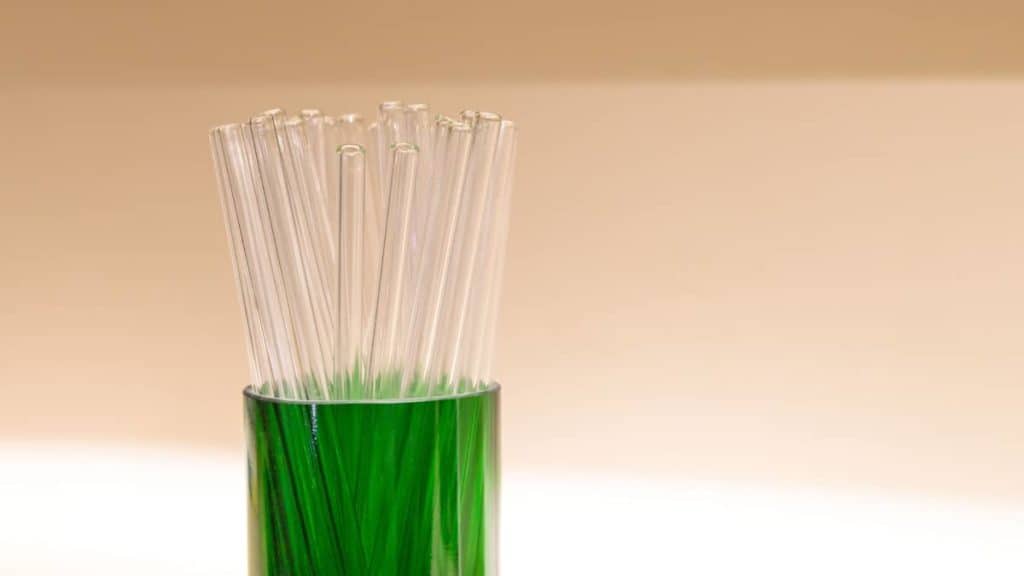
Credit: Deposit Photos
Pros and cons of stainless steel vs. glass straws
When choosing a plastic straw alternative, stainless steel and glass are two popular options.
When deciding on a type of reusable straw, there’s really no right or wrong, just one that’s more right for you and your personal preferences.
We’ll take a look at a few different factors:
- Durability
- Ease of cleaning
- Comfort
- Safety
- Temperature conductivity
- Taste
- Portability
- Price
- Recyclability
Full disclosure: My family and I use stainless steel straws at home (so you know which team I’m on!). I have a set of bent stainless steel straws I sip my lukewarm coffee with to prevent teeth staining. My kids use a set of slightly wider straight metal straws.
But there really are good and bad to both types of reusable straws!
Here’s the showdown of stainless steel vs glass straws.
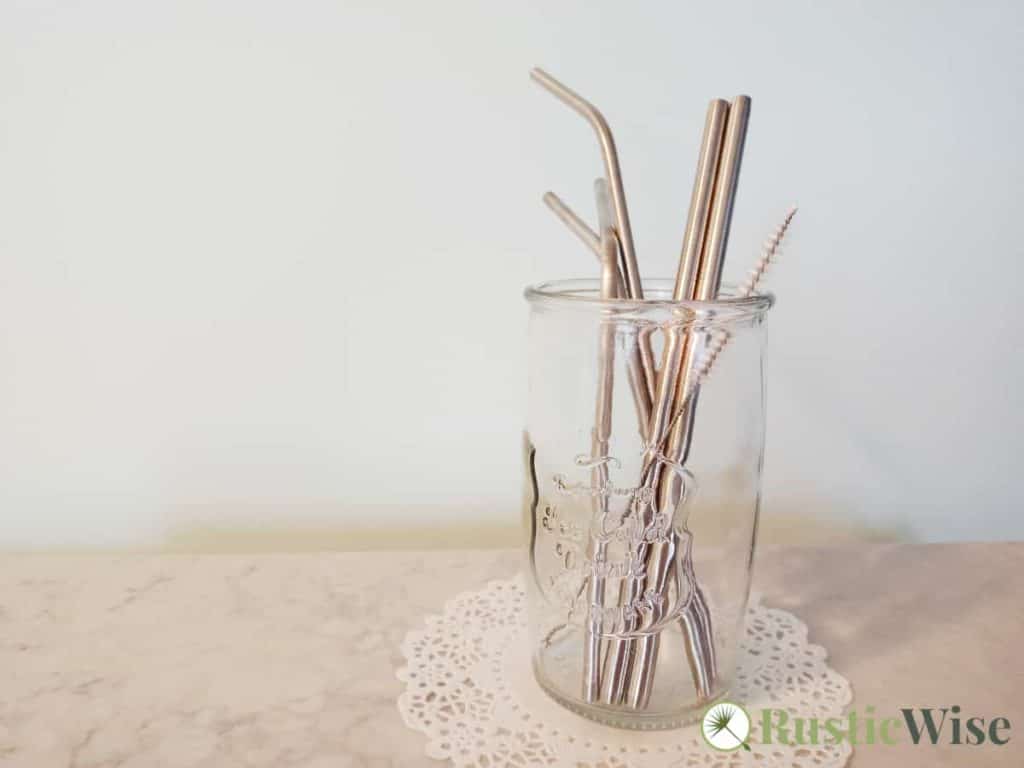
Durability
Well, stainless steel wins hands-down in terms of longevity and durability. These things will last a lifetime and are pretty much indestructible.
While glass straws are definitely breakable, they’re probably a lot more durable than you think for normal day-to-day use. I’ve heard of many people breaking them mostly due to improperly storing them. (You’ll want to store them either flat and away from other hard objects, or upright, such as in a cup).
Ease of cleaning
Most reusable straws come with cleaning brushes to clean the inside of the straw. Still, if you want to check if your straw is clean at-a-glance, glass straws are much better for inspecting cleanliness.
You can see through them and into them making them easier to keep clean.
You can toss both stainless steel and glass straws into the dishwasher. But for a good, deep cleaning, you’ll need to handwash stainless steel with the tiny brush.
Comfort
The rounded edge of glass straws provides a more comfortable sip than their stainless steel counterparts. While stainless steel straws don’t have exactly a sharp edge per se, it does take a bit of time to get used to.
Safety
Are glass and stainless steel straws safe? And which is better for young kids?
I’d really say this one is a toss up. Sure, glass straws are potentially breakable, but their rounded edge makes for slightly more comfortable drinking. Stainless steel straws won’t break on you, but they could potentially pose a jabbing issue.
I have to say that education is key if you’re wondering about the best straw for kids. Many people prefer to get silicone straws for young kids as they’re pliable and less of a hazard in some ways (more about silicone straws below).
However, my kids (who are school-aged), have been using stainless steel straws for several years without any issues.
The rules are: sit down when drinking. Don’t jab it in your mouth. That’s all.
One could argue that both stainless steel and glass straws are safe to use if used properly. However, if you’re worried about potential safety issues with jabbing and breaking, maybe a softer silicone straw is more suitable for you.
Temperature conductivity
We all know that metals are heat conductive, so you probably won’t want to use your stainless steel straw to drink a steaming hot beverage.
(I do use my stainless steel straws daily when drinking my morning coffee. I just wait for it to cool slightly before drinking!)
Glass reusable straws on the other hand are fine for both cold drinks and hot drinks. Borosilicate glass is heat-resistant, and designed to withstand temperature fluctuations without breakage.
Taste
Many people would argue that glass straws provide a neutral “taste.” I’ve heard of some users stating that stainless steel straws leave a slightly metallic taste in the mouth, but I personally haven’t found that to be the case.
Any type of reusable straw that isn’t thoroughly clean will impart a funky taste!
Portability
Stainless steel straws are the winner in this category. Throw a few into your purse or backpack, and you’re good to go—no worries here about breaking them.
I just wrap a few stainless steel straws in a clean tea towel whenever I’m on my way out. Once you’re finished using them, the dish cloth is good for preventing a mess in your bag until you get a chance to wash them.
Price
Glass straws are typically more pricey than stainless steel ones. While there are so many varieties of glass and stainless steel options, this seems to be the general trend.
Recyclability
Technically, both stainless steel and borosilicate glass are recyclable.
BUT, while borosilicate glass may be recyclable, it’s often not accepted at recycling centers (meaning you can’t recycle it with other regular glass jars and bottles).
This is because this type of tempered thicker glass melts at a higher temperature than normal soda-lime glass. This results in “blobs” of borosilicate glass appearing with the mix of soda-lime glass, something that manufacturers don’t want.
Stainless steel items such as straws or water bottles also aren’t accepted by most curbside pickup programs. You can however, drop them off at a scrap metal or eco-station for recycling. (It’s probably best to wait until you have a few items before you make the trip!)
So, in terms of recyclability, stainless steel takes the slight edge.
Other reusable straws
Stainless steel and glass are by no means the only types of eco-friendly straws on the market.
The takeaway: stainless steel vs. glass straws
If you’re looking to ditch plastic straws and move towards a zero waste home (or a lower waste one), both stainless steel and glass straws are good, solid choices.
Both stainless steel and glass straws are hygienic and reusable. Both have their advantages and disadvantages. If you’re looking for long term durability, you really can’t go wrong with a stainless steel straw. This is the main reason I have chosen to use them at home. Stainless steel is more durable, inexpensive, and recyclable, and is easy to carry around.
On the other hand, glass provides a more “fun” drinking experience with its transparent material. It’s also easier to clean. The downside is that it’s breakable.
Ultimately, which type of straw you prefer will depend on what matters to you most.
Using stainless steel or glass straws is just one way that we can make an impact on the environment and do our part to help keep the planet healthy.
Related questions
Why use a straw at all?
Using a straw is something that most of us have simply been accustomed to. While most of us use a straw out of habit, some people (such as toddlers or those with special needs) may have difficulty drinking out of a glass, and require the use a straw to avoid spilling.
What are PLA straws?
PLA straws (polylactic acid) are being marketed as plant-based and biodegradable alternatives to plastic straws. Typically, they are made from materials such as corn starch or sugar cane.
While this sounds like a step in the right direction, PLA straws don’t always break down easily.
For starters they require composting in special commercial facilities and don’t break down in the average backyard compost. This means, many PLA straws end up in the landfills where they don’t fully decompose, or in our waterways where they may harm wildlife.

References
- Gibbens, Sarah (02 January 2019). “A brief history of how plastic straws took over the world,” National Geographic. Accesssed June 2021.
- Quinte Waste Solutions, The Struggle with Straws, https://quinterecycling.org/the-struggle-with-straws/. Accessed June 2021.
- Azo Materials, Borosilicate Glass – Properties of Borosilicate Glass (Pyrex/Duran) by Goodfellow Ceramic & Glass Division, https://www.azom.com/article.aspx?ArticleID=4765. Accessed June 2021.
- recyclebank.com, Can I Recycle Pyrex And Other Cooking Glassware?, https://livegreen.recyclebank.com/column/because-you-asked/can-i-recycle-pyrex-and-other-cooking-glassware. Accessed June 2021.
- Romjue, Andy (25 September 2019). “The 4 Truths of PLA Straws,” Environmental Protection, Accessed June 2021.

Author: Theresa Tesolin
Theresa is co-founder of RusticWise. She helps people unleash their inner DIY spirit by encouraging them to get dirty and make or grow something from scratch.

